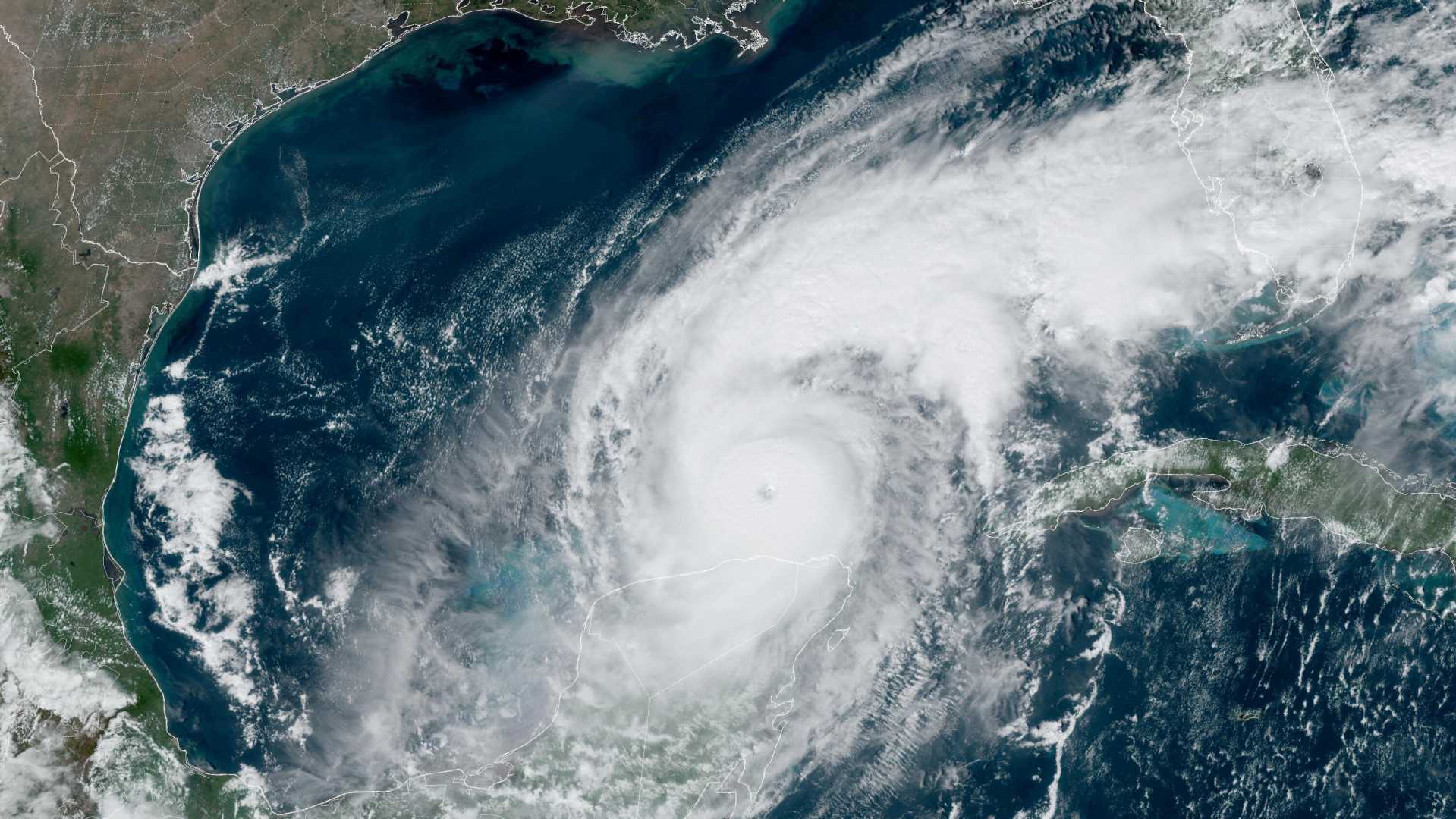News
Hurricane Milton Causes Widespread Disruption Across Florida

Hurricane Milton, a formidable Category 3 storm, made landfall in Florida on Wednesday night, impacting the state with winds exceeding 100 mph (160 kph), heavy rainfall, and numerous tornadoes. The cyclone struck near Siesta Key, around 70 miles south of Tampa, with maximum sustained winds of 120 mph (205 kph), according to the National Hurricane Center.
As the hurricane approached, over 1.5 million homes and businesses were left without power across the state. Hardee, Sarasota, and Manatee counties experienced the most significant outages, as reported by utility tracking authorities. Despite Tampa avoiding a direct hit, the area faced a severe storm surge, threatening densely populated locations such as Sarasota, St. Petersburg, and Fort Myers.
The National Weather Service warned of flash flooding in the Tampa Bay area, where more than 16 inches (41 centimeters) of rain was recorded. The storm, moving east-northeast at 16 mph (26 kph), caused extensive flooding along rivers and lakes as it crossed the Florida Peninsula, raising concerns as it was set to emerge into the Atlantic Ocean by Thursday.
Before making landfall, Hurricane Milton’s impact was already evident, as approximately 125 homes, primarily mobile homes in senior communities, were destroyed. Moreover, multiple tornadoes swept through Florida, including one striking Palm Beach County. “Those of you who were punched during Hurricane Helene, this is going to be a knockout,” warned Cathie Perkins, the emergency management director in Pinellas County.
In preparation, numerous bridges, including the Sunshine Skyway Bridge over Tampa Bay, were closed. Governor Ron DeSantis announced the deployment of resources comprising 9,000 National Guard members and 50,000 utility workers. “Unfortunately, there will be fatalities,” he stated, emphasizing the severity of the storm.
Authorities issued mandatory evacuation orders affecting around 7.2 million people across 15 Florida counties. However, many residents, such as Jackie Curnick of Sarasota, found evacuation challenging due to limited hotel availability and escalating uncertainties.
As conditions in southern Florida deteriorated, significant rainfall quantities ranging from six to 12 inches (15 to 31 centimeters) were expected, with some areas potentially seeing up to 18 inches (46 centimeters). Evacuees faced additional hazards from tornadoes and floodwaters.
In advance of Hurricane Milton, the Florida Division of Emergency Management Director, Kevin Guthrie, indicated that preparations were underway to reduce the storm’s impact. Earlier hurricanes, such as Helene, had already left the state vulnerable with over 230 fatalities recorded. As the storm surged into Florida, leading officials and residents braced for an event exacerbating existing infrastructure challenges.












